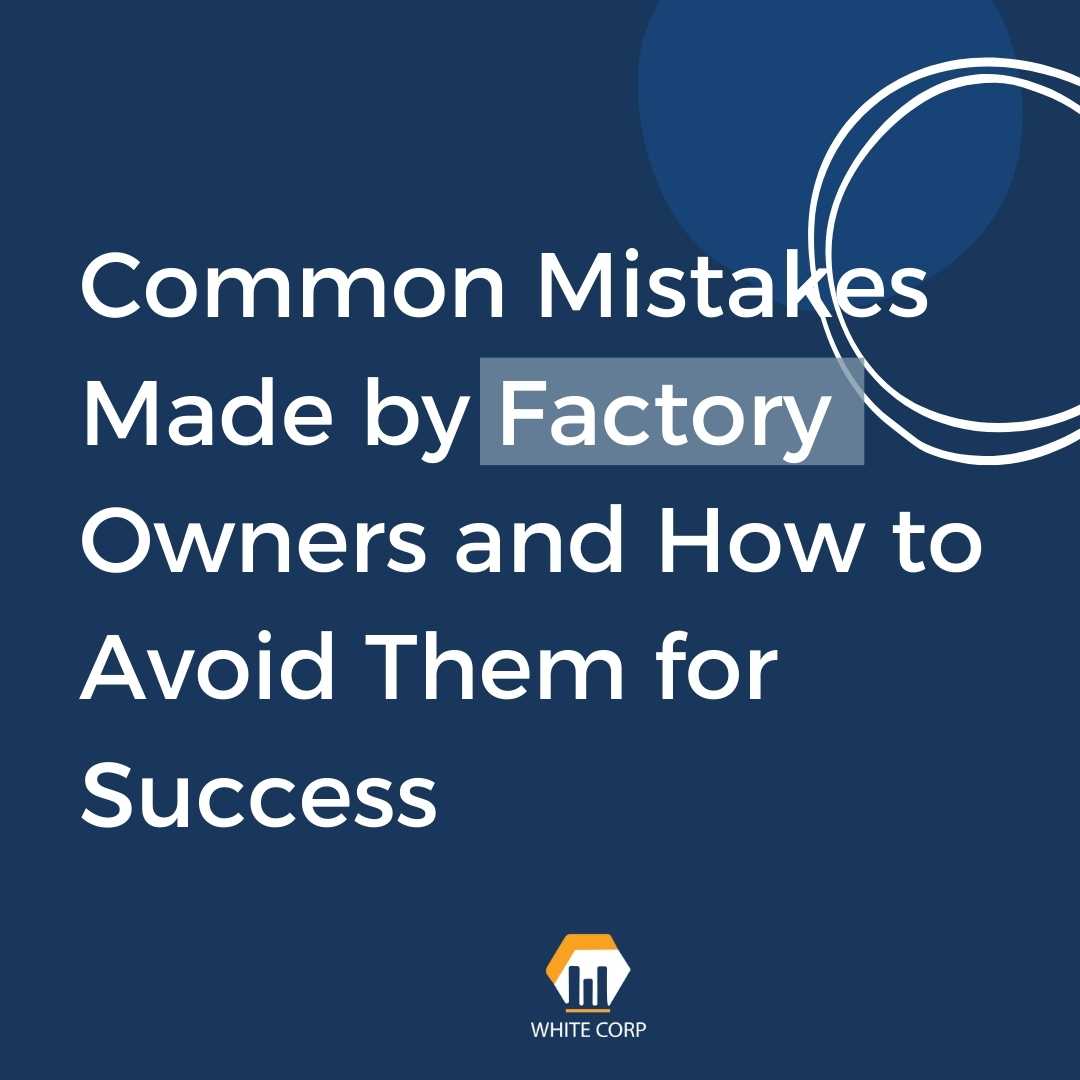Introduction
Establishing and managing a factory is a complex endeavor that requires careful planning, strategic decision-making, and significant investments. When executed correctly, a factory can become highly profitable. However, there are several common mistakes that factory owners often make, which can lead to factory failure. In this article, we will explore these mistakes in detail and provide practical tips on how to avoid them, ultimately ensuring the success of your factory.
1. Neglecting a Comprehensive Production Strategy
One of the most significant mistakes made by factory owners is failing to develop a well-thought-out production strategy. It's crucial to have a clear plan that outlines objectives, resource allocation, and precise timelines. Your factory must be adaptable to changing market demands and pressures.
Tip: Create a production strategy that considers market expectations and customer needs. Allocate adequate and flexible resources for production.
2. Overlooking Continuous Process Improvement
Factory owners often overlook the continuous improvement of production processes. This neglect can result in wasted time, resources, and increased costs without corresponding benefits.
Tip: Regularly review and improve production processes using methodologies like Lean Manufacturing to enhance efficiency and minimize waste.
3. Ignoring Preventative Maintenance
Neglecting preventative maintenance of equipment and machinery can lead to unexpected production downtime and costly repairs.
Tip: Implement scheduled preventative maintenance and replace critical components before they fail to ensure uninterrupted production.
4. Poor Inventory Management
Managing inventory poorly, whether it's excessive or inadequate, can negatively impact your factory's ability to meet demand efficiently.
Tip: Utilize inventory management systems to monitor and adjust inventory levels based on demand forecasts and historical data.
5. Inadequate Employee Training
Failure to provide employees with proper training can adversely affect quality and efficiency.
Tip: Offer regular training sessions for employees on equipment usage, safety protocols, and new processes to improve their skills and productivity.
Conclusion
Avoiding these common mistakes is pivotal in running a successful factory. Regularly review and assess your operations, adapt to market changes, and invest in your workforce. By doing so, you can not only steer clear of these pitfalls but also position your factory for sustainable growth and profitability.
.png)
